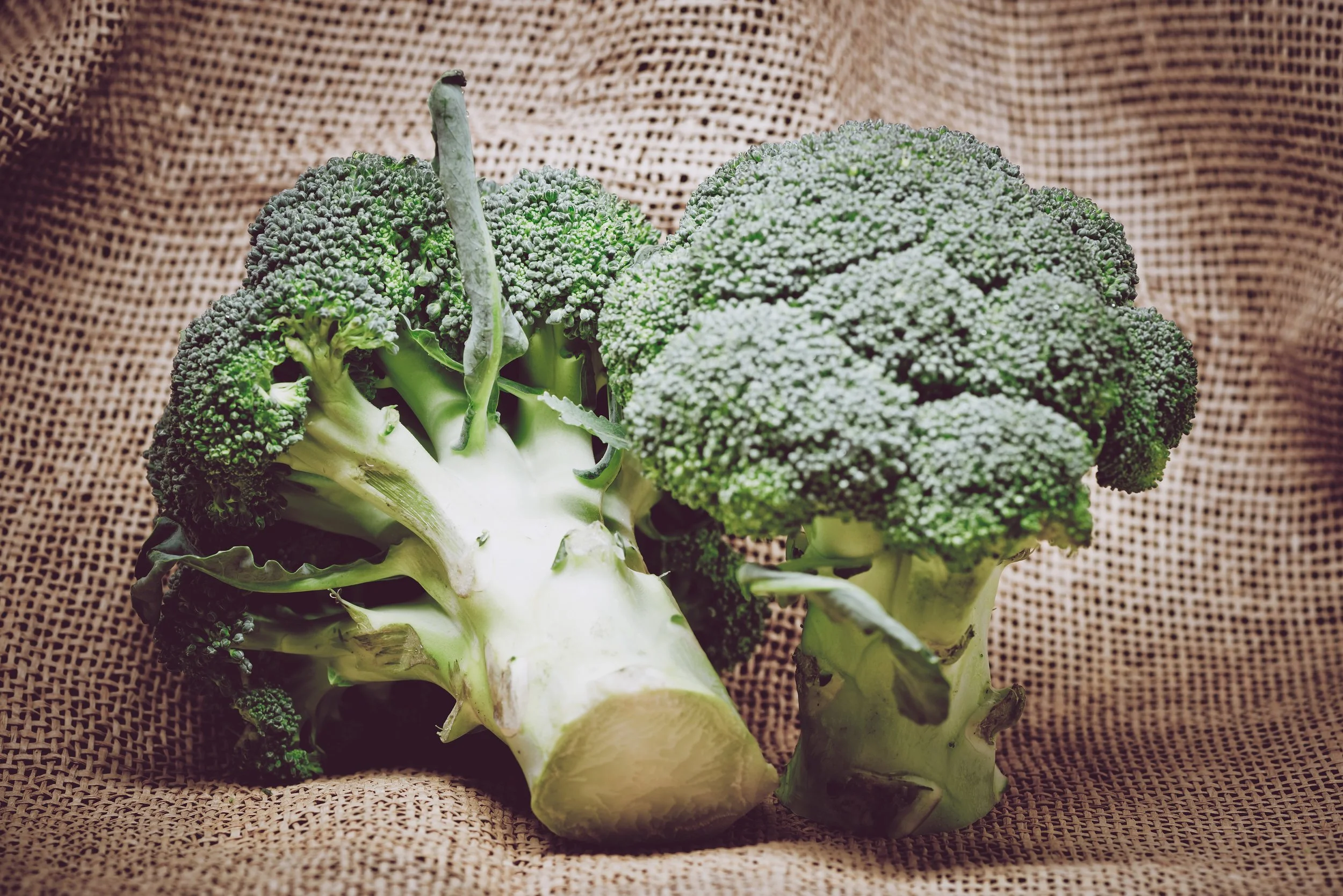Looking To Protect Grandma’s Gravy? A Few IP Tips For Your Culinary Creation
You’ve worked hard and everyone knows it. Your secret ketchup recipe would bring Heinz to its knees. And, who would think the secret ingredient is whiskey? NO ONE!
Have you ever imagined selling a piece of your culinary prowess on the shelves of your local market? Well, hey that’s a dream that can be realized.
Perfect your recipe. I mean, really know what it is that makes your fans beg for your signature dish. In my house, it’s the way I mix flavored seltzer into boiling hot dog water that gets everyone screaming. But for you, it may be something different. Whatever it is, be sure to enhance the exact component(s) that everyone has come to expect from your dish.
Research. Now, after you’ve created the best version of the most perfect recipe in your collection, you’re ready to start the research phase. More to the point, I’m sure you want to know how to turn it into real money. Well, welcome to the world of intellectual property. The information you’re about to digest is just a cursory look at the process. Seriously, it’s best to consult an attorney for answers to your iP questions.
The United States Patent Office does many things but mostly, it provides inventors and creative types like you the ability to develop a system by which your imagination can be licensed. A patent, copyright, trade secret, or another form of intellectual property can be registered with the USPTO. For the purpose of helping out with your culinary pursuit, we’ll also look at options for protection against would-be competitors.
Through a legal prism, your recipe, no matter how creative you are, is broken down into three simple components.
First, is your list of ingredients. You may use exotic spices, artisan breadcrumbs, or even hybrid tomatoes that can only be grown in your personal garden. Those are still the first of three considerations in the examiner’s analysis.
Second, is the way you bring the ingredients together. What is your process? Whether you infuse, reduce, steep, or sauté, that stage of your recipe may be most important when distinguishing yours from the countless others that cross the examiner’s desk. Remember, when you are seeking intellectual property protection, the USPTO, according to Title 35 of the United States Code, Section 101 (35 U.S.C. 101) will grant or deny based on a “new and useful process, machine, manufacture, or composition of matter, or any new and useful improvement thereof”.
Based on the United States Code which controls intellectual property, your creation must be “novel” and “non-obvious”, which means, in a world where there are a ton of “new” ideas every day, your submission will require the key ingredient of newness. 35 U.S.C. 102.
Beyond newness, a higher hurdle to leap may be that your creation cannot simply be an improvement on a previous version that one could have created with reasonable skill in the art encompassed by the same. So, imagine you have an idea to improve a previously patented product. To protect your improvement, your idea must be new, non-obvious, and unlikely to be contemplated by those in the field relevant to the product. Starting to sound a bit tougher now? Well, it may get worse before it gets better.
Since the discovery of fire, like a million years ago, man has been pushing his, or her culinary creativity to the max. Chances are that your best-kept secret barbecue sauce has been in some sense created or at least, contemplated before. Meaning, your recipe may be tasty but not unique, or more to the point, the recipe is obvious. To combat that, you will really need to focus on the science of it all. Think chemistry, think physics, and think taste.
The third item the examiner will consider is the finished product. The sum of all your ingredients can be simply quantified. But, the way your recipe introduces them to one another, cannot. When you add sweet to savory, the juxtaposition can produce a result based on a unique, contrasting chemistry that can have success in the examiner’s eye. For example, you may find that you created a tang that was produced by adding a key ingredient using a pre-heating method instead of a balsamic or brine. An unexpected science that produces an unexpected result may be the key to your submission.
So, back to the USPTO, we go. You have this recipe card and f you’re old school, it may be on an old yellowing index card or loose-leaf notebook paper. Then it has a copyright, right? Wrong. So then a patent? Also wrong (well the short answer is wrong).
Many companies protect their cherished intellectual property through the use of Trade Secrets. Coke, The Kernel, and Dr. Pepper all use the Uniform Trade Secrets Act (UTSA) to secure their revenues against the respective competition.
Trade secret protection is offered by your state through the adoption of a version of the UTSA and may be a better alternative to the protections available under traditional patent law. Under the latter, you will be required to provide a comprehensive disclosure with all the nuts and bolts of your recipe. Also, a patent has a shelf life. Should you be granted protection, the clock is ticking. You have but so many years to build your barbecue sauce conglomerate before you’re knocked off by competitors. After this period, you will no longer have any recourse in the courts for remedy. Your only option will be to deliver your sauce to the marketplace cheaper, quicker, and better, so long as you have used your time of exclusivity to perfect your production practices.
With trade secret protection, you do not disclose everything about your deliciousness. Moreover, your trade secret will live on past the date of traditional patent protection. On the flip side, unlike trade secrets, patents can provide security against the independent discovery of the formula or the ingredients list. A patent is also impervious to the big-mouth employees you will inevitably hire who will feel compelled to share your recipe with family and the internet.
So, begin your research with a patent search on the USPTO.gov website. Find patents that are similar to what you wish to secure and figure out a way to differentiate yourself from the others. You’ll need to learn to write persuasively when you prepare your submission, should you decide to go that route.
Next, compare the process with the eight steps to secure trade secrets. If your culinary creation is afforded intellectual property protection under the vehicles of a patent or trade secret, you must carefully weigh the benefits, obligations, and detriments of both. Use your best business judgment and proceed with caution.
See you on the shelves!
Disclaimer: We are not attorneys and cannot provide legal advice. The research-based content presented does not in any manner serve as legal advice and is to be used for informational purposes only.
Want Research Grace to help with a recipe book of your own? Great! Click here.






